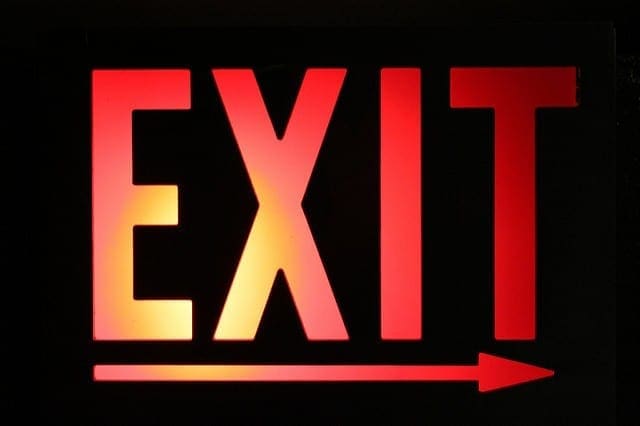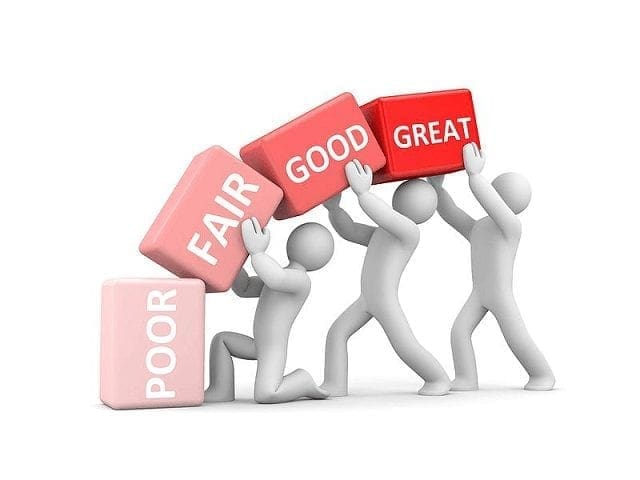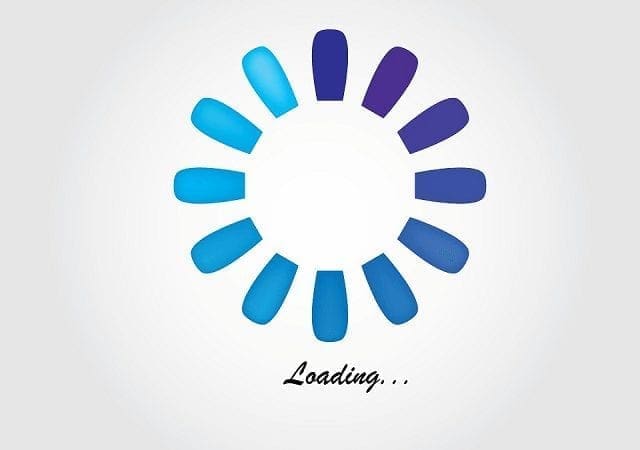What is Bounce Rate and How Does it Impact SEO?

Bounce Rate can be a good indication of how well a website is performing but should they be used on their own to monitor SEO?
Bounce Rate is a popular metric when webmasters try to monitor the performance of their website but there are some commonly held beliefs that a high rate is always a bad thing. This is not the case.
Here we find out what a Bounce Rate means, whether a high rate is good or bad and how they can affect your SEO.
What is Bounce Rate?
Bounce Rate is a digital marketing term given to the percentage of visitors who navigator away from a website after visiting just a single page. It is an important analytical tool that can be used to measure single-page sessions and could indicate how ‘sticky’ your website is.
‘Sticky’ is another common term used by digital marketers and is used to describe web pages that are rich in content and design that keep visitors on the site for longer. Being ‘sticky’ is a good thing and should ensure that people return to your site time and again. A site’s ‘stickiness’ can be measured via a combination of the Bounce Rate combined with Session Duration and Time on Page (Dwell Time).
It is important to note that Bounce Rate alone does not measure time-on-site and is no indication of how long a visitor actually spends looking at your content.
Many people mistake this to simply mean that a visit to a page is aborted within a short time period. This is not the case!

Bounce Rates can indicate an ‘early exit’ from your site but not always.
Is a High Bounce Rate a Bad Thing?
Bounce Rates are measured in percentages with 100% meaning that all of the visitors to your website view a single page before navigating away. By contrast, 0% indicates that every visitor to your website views at least one more page before ending their session.
A high Bounce Rate is not necessarily a reflection of the overall performance of your site. If you have intensely marketed a single page or blog post then a high rate may simply be indicative of its popularity.
The rise in popularity of the one-page website is a good example of why a high Bounce Rate could be perfectly fine.
If, however, you have a high rate on just your home page (the ‘gateway’ to the rest of your content) or across all the pages your website in general, then you may need to address this.
On its own, the Bounce Rate of a site is not always an effective way of measuring your performance goals. Use it in conjunction with conversion rate metric tools or by testing ‘Calls to Action’; after all the ‘success’ of your website isn’t measured on just how long people browse it for but what they do when they reach it.
What is a ‘Good’ Bounce Rate?
As we’ve said, there are instances where you can expect a high Bounce Rate such as for single-posts that have been actively and widely marketed. Even some websites whose home pages may reference popular brand names or topics may also get a higher than average bounce with visitors inadvertently hitting the ‘wrong site’.
A ‘good’ Bounce Rate for your business and website may well be a low or high one for others; however, the general rule of thumb is that:
- A low rate is under 25%
- An average rate is between 25% and 40%
- A high rate is between 40% and 60%
- A very high rate is anything over 60%
These rates are just guidelines and are subject to a huge number of variables. Blogs, for instance, would normally expect to see higher Bounce Rates in the region of 70-90% whilst service sites might be aiming more for 10-30%.
Knowing what is right for you and your business is key and using other, more informative, analytical tools will help you determine a suitable target.

Only you will know what is a ‘good’ Bounce Rate for your business.
How Does Bounce Rate Impact SEO?
Quite simply, the Bounce Rate of a site plays no direct role in the performance of SEO. Google, and other search engines, do not use this metric to produce a ranking factor for webpages.
Don’t believe us?
Think about Wikipedia for a moment. When anyone searches Google for a single keyword, Wikipedia is usually to be found on the first page of any results. Most people who then click a link to the Wikipedia page will rarely stay on the site to search for other topics.
As a result, most of the content on this hugely popular site has a high bounce. Wikipedia has one of the highest domain authorities on the web and certainly loses no visitors as a result.
Before you get too comfortable with the idea that Bounce Rates do not impact SEO, they can offer some insight into negative factors which could be more damaging. A high rate could indicate that your website:
- Is slow.
- Is not optimised for mobile.
- Is not designed well
- Does not return the content users expect.
If this is the case then all of these factors could have a very significant, and hugely negative, impact on your SEO.
Use Bounce Rates alongside traditional analytics to find out the full story behind single-page sessions. If a high rate is coupled with a short Dwell Time then you could be looking at a more serious situation.

A high Bounce Rate could indicate poor page loading speeds.
Bounce rate and its impact on SEO is a key consideration but there is a whole lot more to consider and other factors that may impact your SEO results. For those interested, here you can find a detailed guide providing our most essential SEO tips to increase your Google ranking, covering aspects ranging from ‘search intent’ to delivering continual improvement.
Opace and SEO
Opace is a digital marketing agency based in the West Midlands that offers a comprehensive selection of services designed to help its clients achieve SEO success. As well as understanding the need for engaging and creative content coupled with dynamic and streamlined website design, we know how to achieve measurable performance online.
Get in touch today to find out more about our services and to speak to one of our team.
Image Credits: Dave Murphy/Flickr, Chris Griffith/Flickr, Rizkyharis/Wikipedia and ary74/Pixabay
« Back to Glossary Index




